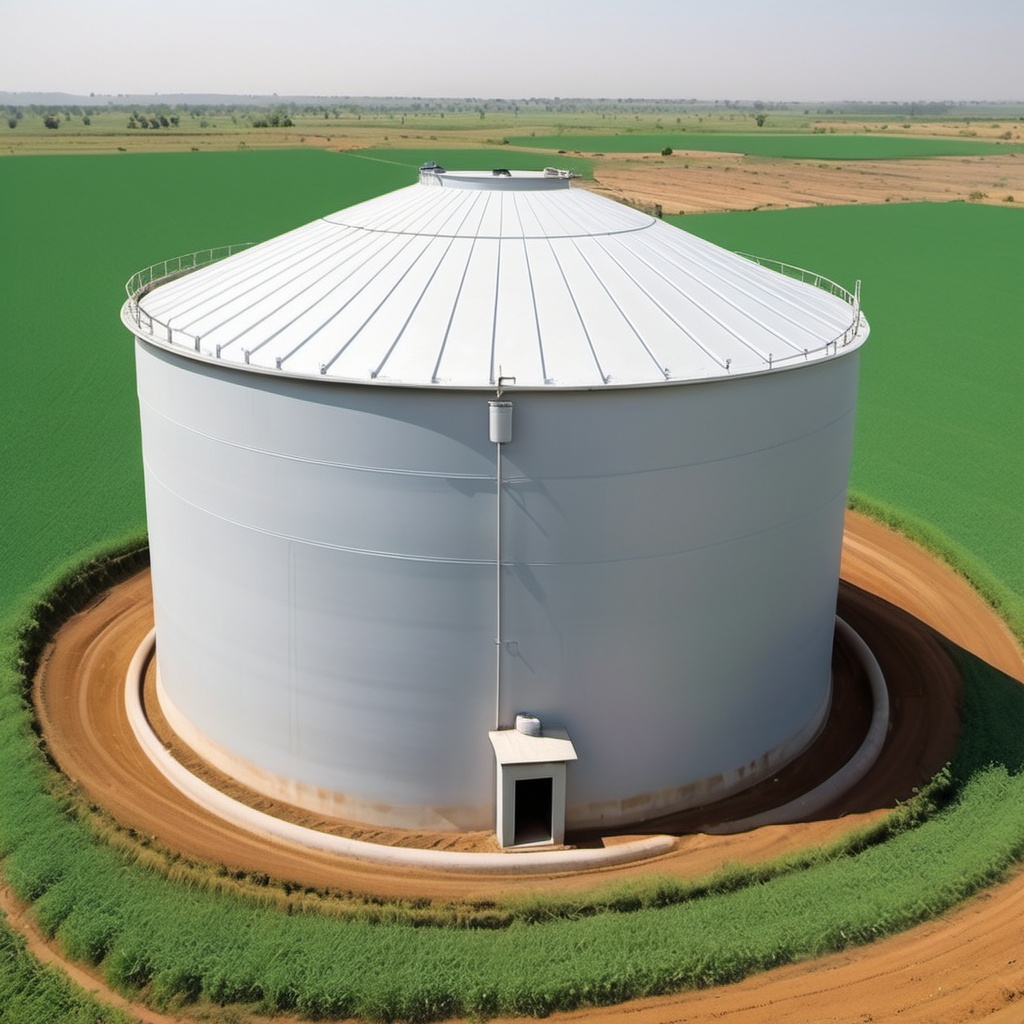
Agriculture water tanks play a critical role in modern farming by ensuring a reliable and efficient water supply for irrigation. These tanks are designed to store water for agricultural use, helping farmers manage water resources more effectively, especially in regions prone to drought or where water availability is limited.
Types of Agriculture Water Tanks
1. Plastic Water Tanks:
Plastic water tanks are popular due to their lightweight nature, resistance to rust, and ease of installation. They are available in various sizes and can be either above-ground or underground. Their durability and cost-effectiveness make them a common choice for many agricultural applications.
2. Concrete Water Tanks:
Concrete water tanks are known for their strength and longevity. They are ideal for larger farms or areas where water storage needs are substantial. Concrete tanks can be customized to meet specific requirements and are resistant to extreme weather conditions.
3. Metal Water Tanks:
Metal water tanks, often made from galvanized steel or stainless steel, offer durability and a long lifespan. They are suitable for regions where high water quality is essential as they are less likely to contaminate the water. However, they may require more maintenance to prevent corrosion.
Benefits of Using Agriculture Water Tanks
1. Efficient Water Management:
Water tanks allow farmers to collect and store rainwater or other water sources for future use. This stored water can be used for irrigation during dry periods, reducing the dependence on unreliable water sources and ensuring crops receive adequate moisture.
2. Cost Savings:
By utilizing stored water, farmers can minimize their reliance on external water sources or municipal water supplies, potentially reducing water costs. Additionally, investing in a water tank can lead to long-term savings by improving water usage efficiency.
3. Enhanced Crop Production:
Consistent access to water through tanks ensures that crops receive the right amount of moisture, which can enhance growth and yield. Proper water management is crucial for maintaining healthy crops and achieving optimal agricultural productivity.
Installation and Maintenance
1. Site Selection:
Choosing the right location for installing an agriculture water tank is crucial. The site should be accessible for water delivery, away from potential sources of contamination, and ideally positioned to maximize rainwater collection if applicable.
2. Regular Maintenance:
Maintaining water tanks involves checking for leaks, cleaning the tank regularly to prevent algae growth, and ensuring that the tank’s infrastructure remains in good condition. Proper maintenance extends the lifespan of the tank and ensures the quality of stored water.
3. Safety Measures:
Implementing safety measures such as secure covers and proper fencing around water tanks helps prevent accidents and contamination. Ensuring that the tank is regularly inspected can also help in identifying potential issues before they become major problems.